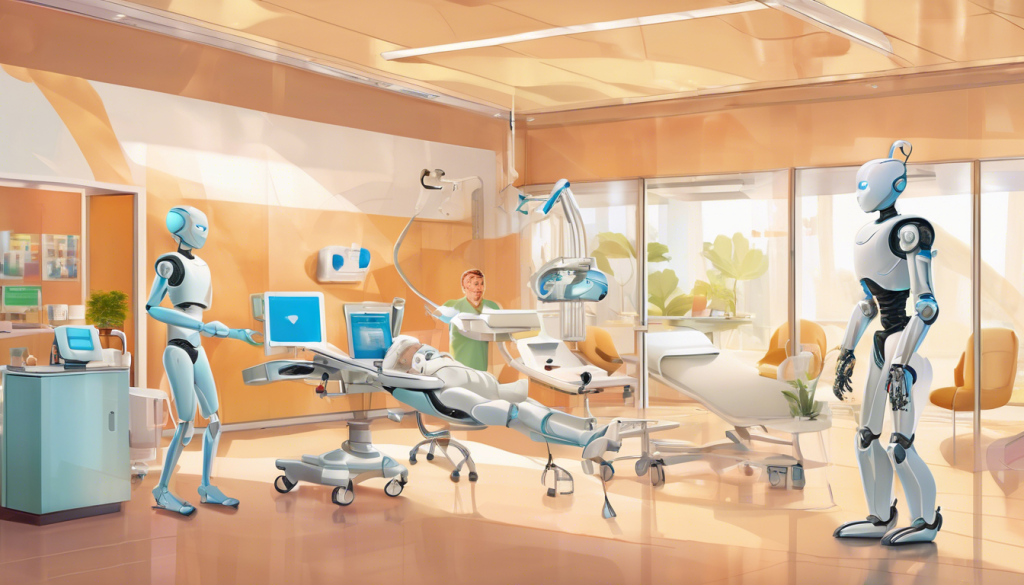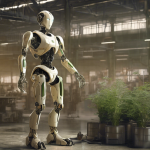
Humanoid Robots: The New Healthcare Team Members
In Taiwan's Taichung Veterans General Hospital, a new team member named Nurabot is transforming healthcare delivery. This AI-powered humanoid robot transports medications, guides visitors, and handles routine tasks—freeing up human staff for more meaningful patient interactions.
This isn't just a novelty. It's a strategic response to a looming global crisis: by 2030, the world faces a shortage of approximately 4.5 million nurses. Humanoid robots like Nurabot are estimated to reduce nurse workload by up to 30% by handling logistics tasks.
The global humanoid robot market, valued at over $10 billion in 2025, is projected to exceed $23 billion by 2032, with healthcare applications driving significant growth.
Beyond Taiwan, Bangladesh recently opened its first robotic rehabilitation center with 22 AI-powered robots among its 62 robotic units. These machines help patients recover from injuries without constant human supervision.
Rather than replacing healthcare workers, humanoid robots are creating new roles like robot supervisors, human-robot interaction specialists, and ethics officers for robotics.
For healthcare professionals, these robots offer relief from routine tasks but require new skills. For patients, they promise more attentive care as robots handle logistics while human staff focus on complex medical needs and emotional support.
The integration comes with challenges: high costs limit widespread adoption, robots still struggle with complex dexterity, and regulatory frameworks are still evolving to address these novel technologies.
Read more about this fascinating transformation in Oliver's deep dive.
How would you feel about receiving care from a healthcare team that includes humanoid robots?
If you found this insight valuable, please share it with colleagues navigating healthcare's AI revolution.


